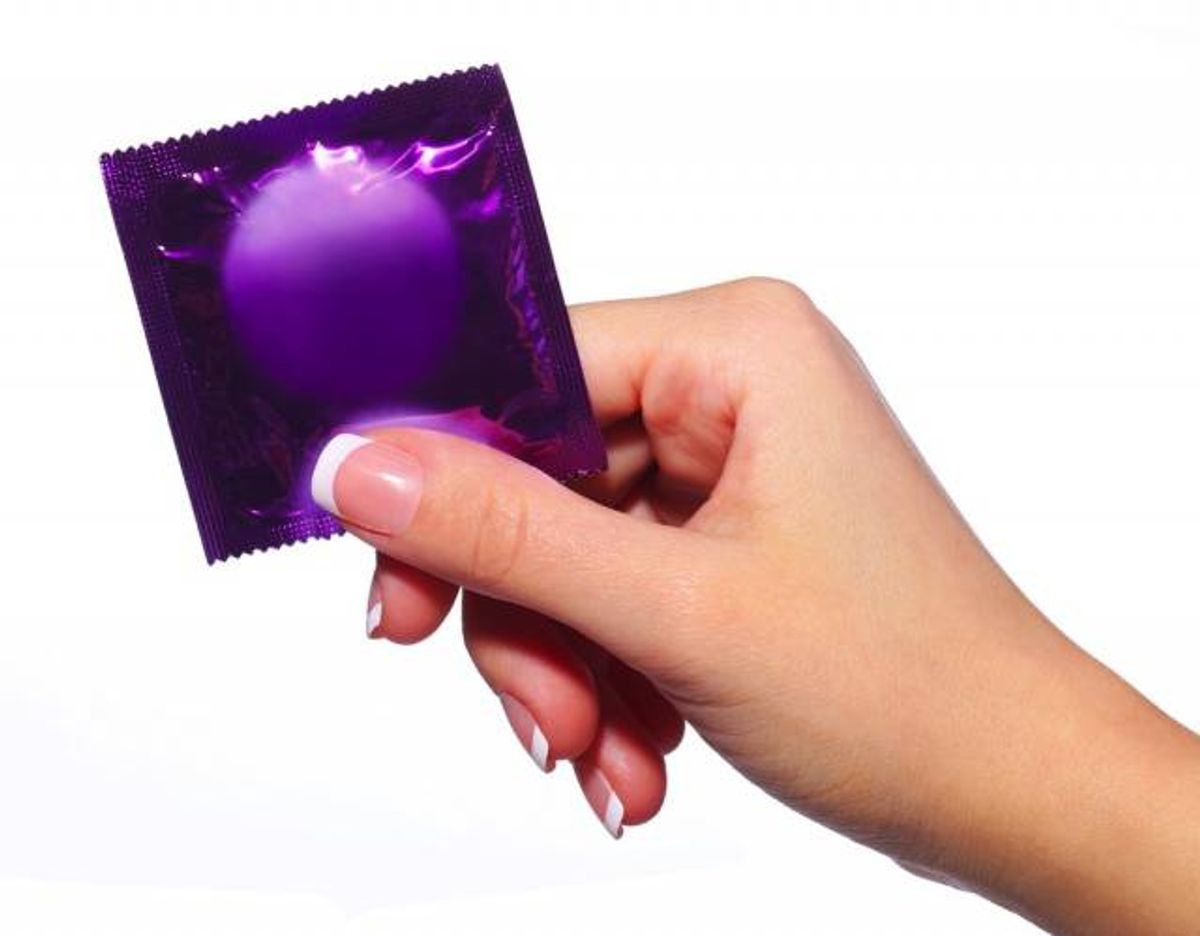Despite the fact that (consensual) sex pretty much always feels good, many people around the world still refuse to use condoms, citing concern for diminished physical pleasure (aka "it just doesn't feel the same" logic). There are multiple obvious and likely results of unprotected sexual intercourse such as unwanted pregnancy and STI transmission, both of which pose massive public health concerns that, um, shouldn't really be concerns given the relatively wide availability of condoms.
But, alas, social stigmas are difficult to overcome, which is why Bill and Melinda Gates have stepped in to try to innovate a way around disparaged condom use. Last month, the billionaire couple's philanthropic foundation doled out $1.1 million in grant money to nearly a dozen contraceptive projects that aim to curb sex-related public health concerns around the world. Three of the projects focus primarily on women, who are disproportionately affected by HIV and other sexually transmitted infections in developing countries.
Two projects specifically set out to redesign the female condom, a contraceptive tool with a bad reputation -- but which, with some thoughtful tweaking, could be the key to protecting women around the world. “We hope that women can feel empowered,” Debby Herbenick, a sexual health scientist who is developing one of the designs, told Bloomberg News. “Female condoms give women a choice to say: ‘Okay, if you don’t want to wear one, I will.’”
According to Herbenick, female condoms have yet to take off because most designs "just aren't built for women's bodies" and fit like a "sandwich bag." But her design, co-developed with researcher Frank Sadlo, will be similar to male latex condoms, but instead of gripping the penis, it will be sized and shaped to fit inside the vagina. Herbenick said the condom should increase pleasure for both partners, while at the same time allowing women to take contraceptive decisions into their own hands. Public health experts contend that a key reason for the disproportionate spread of STIs among women is that the decision to wear a condom is often entirely up to men, who can't always be depended on -- or told -- to wear them.
That's why the other female condom in development, designed by gynecologist Mache Seibel, incorporates features that will allow women to insert it hours before intercourse, to avoid any unwanted in-the-moment negotiation and keep control in the female's hands. Seibel's prototype has already been tested with favorable results; the final product will be air-infused so it stays fresh and in place as long as necessary, and, like Herbenick's, will also provide increased pleasure.
Other projects include a non-gender-specific insertable silicone condom that can be used for vaginal and anal use, as well as nanotextured male condoms and durable gel versions. All of the projects offer exciting prospects for global health gains, if they'll only catch on. If they do, it'll feel really good for everyone.



Shares